 |
 |
|
|
Bayswater Primary School
The Devonport Peninsula
Fort Takapuna
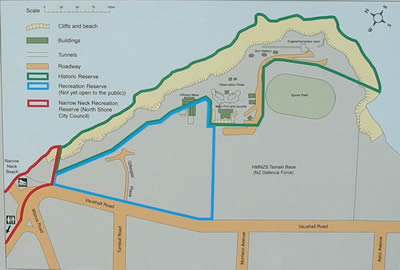
|
Fort Takapuna |
"It was exciting because it looked like a castle. First we walked down the stairs of the hole it was in," said Eden.
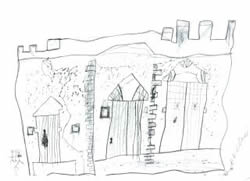 |
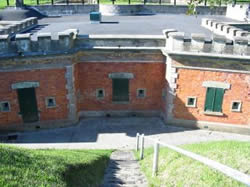 |
.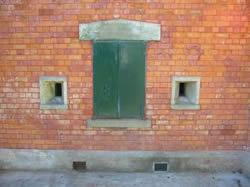 |
Mr Veart explained that the Fort was built in the 1800s but turned into an ammunition store in the 1920s when they filled in the hole too. Miles noticed that there were thick concrete walls because they didn't want the Russians smashing through. There were metal windows because they didn't want the Russians to shoot anything inside. "First we walked into the barracks where the soldiers slept," said Isabella. Hibiki noticed that the windows were steel shutters and the soldiers on the inside had little windows to shoot out of. "Which had little steel shutters too," added Max. "The soldiers were a team, with NCO officers leading them," said Ryusei. |
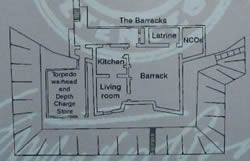 |
Isabella noticed the room next to the barracks was the toilet. It was called the latrine. Holly noticed the gallery was outside the barracks. Mr Veart told us the gallery was an open air path until the fort was changed into an ammunition store in the 1920's. The stairs at the end of the gallery led up to the 6 pounder gun and the door led to the gun pit. |
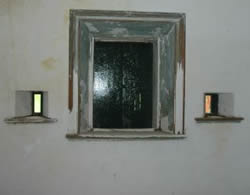 |
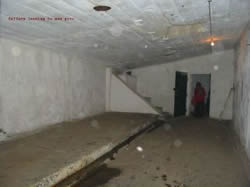 |
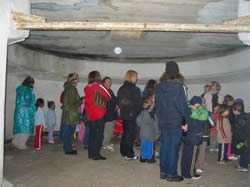 |
Kayla and Israel noticed the gun pit still had part of the gun in it. Mr Veart explained the gun was special. When it was shot the energy of the kickback was stored in the air and water as the gun disappeared back into the gun pit. The soldiers loaded the metal shell and silk bag of explosive then let the air and water push the gun back up to fire at the enemy ships. |
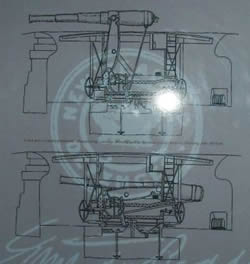 |
Isabella reasoned that the disappearing gun rose up to shoot the enemy ships when they came. Eden reasoned that once the gun was shot, it disappeared so the enemy could not see it. Jack said, "One of the soldiers used to be on the outside and he blew a whistle and talked down the pipe to tell the other soldiers an enemy was coming and where to shoot." Mr Veart explained the red mark on the wall was to stop the gunners from shooting at Rangitoto and the light house. |
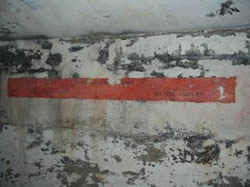 |
The concrete roof was only put on to make it safe to store ammunition in the 1920's. Israel noticed the trolley tracks leading out of the gun pit. "Then I saw some big wheels." He saw them in the Expenses locker. |
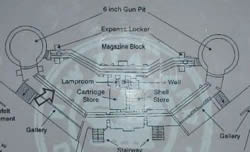 |
Kayla said, "There was a turntable outside the locker to push the trolley out of the way when the solders walked through." |
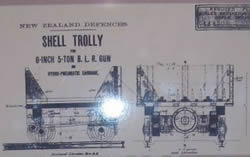 |
Isabella remembered walking to the lamp room next. It had metal talking pipes in it. Holly had never been there before and saw that the light from the lamp room would have shone into the other room. This was where the explosives were stored so it was important that flames were not near explosives. Israel said, "Next I saw a well and I saw the big piece of metal covering it and it had a green top. It was the water supply for the fort and was ten metres deep." Mr Veart explained this was the place where the explosives and shells were stored. This is called the magazine block between the two gun pits. |